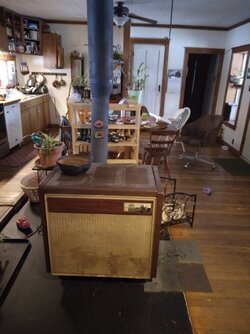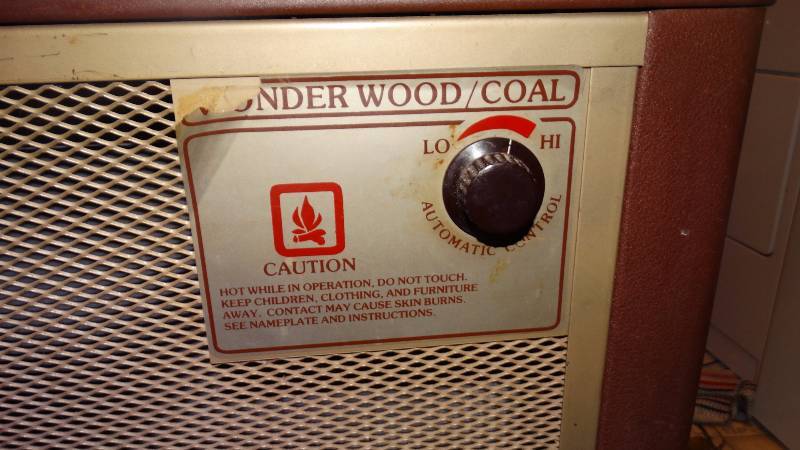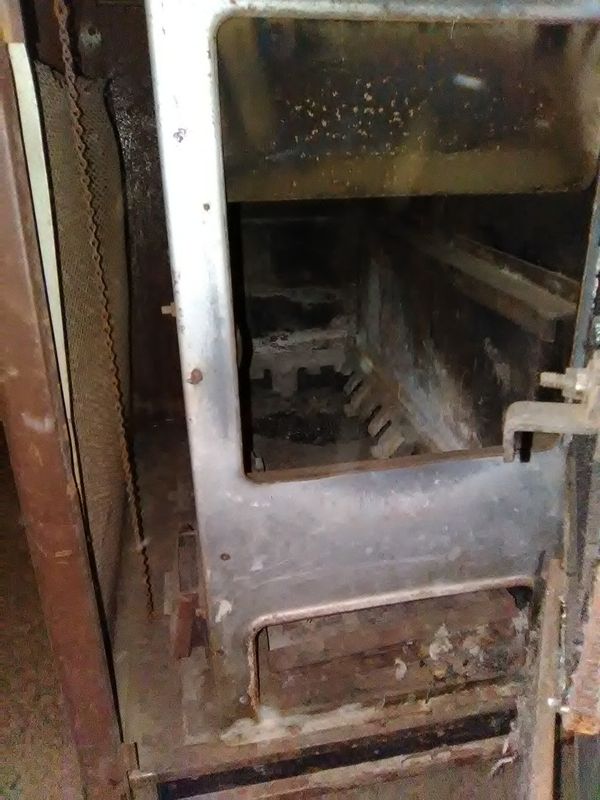Hello.
I'm dealing with a conundrum, which I may have figured out, but Im not positive. I'm hoping someone on here will
be familiar with my problem.
I have an older King circulator wood stove. I have a two foot 6" stove pipe coming out of the stove into an 8" adaptor. From there the 8" stove pipe travels approximately 12 or 14 feet straight out through the roof. The stove wants to maintain itself around 250 degrees. In order for me to get it up to temperature I have to open up the air vent door on the ash door. Once it receives that extra air, the stove slowly builds into a raging inferno, so then I have to shut it all down. It seems like its either full throttle or I'm slamming on the brakes. I'm guessing the 8" pipe two feet above the stove is just too much flu for this stove. Is this a correct assessment of the problem? I want to be sure before I engage in any unnecessary projects. I appreciate any thoughts or opinions.
-Branden
I'm dealing with a conundrum, which I may have figured out, but Im not positive. I'm hoping someone on here will
be familiar with my problem.
I have an older King circulator wood stove. I have a two foot 6" stove pipe coming out of the stove into an 8" adaptor. From there the 8" stove pipe travels approximately 12 or 14 feet straight out through the roof. The stove wants to maintain itself around 250 degrees. In order for me to get it up to temperature I have to open up the air vent door on the ash door. Once it receives that extra air, the stove slowly builds into a raging inferno, so then I have to shut it all down. It seems like its either full throttle or I'm slamming on the brakes. I'm guessing the 8" pipe two feet above the stove is just too much flu for this stove. Is this a correct assessment of the problem? I want to be sure before I engage in any unnecessary projects. I appreciate any thoughts or opinions.
-Branden




